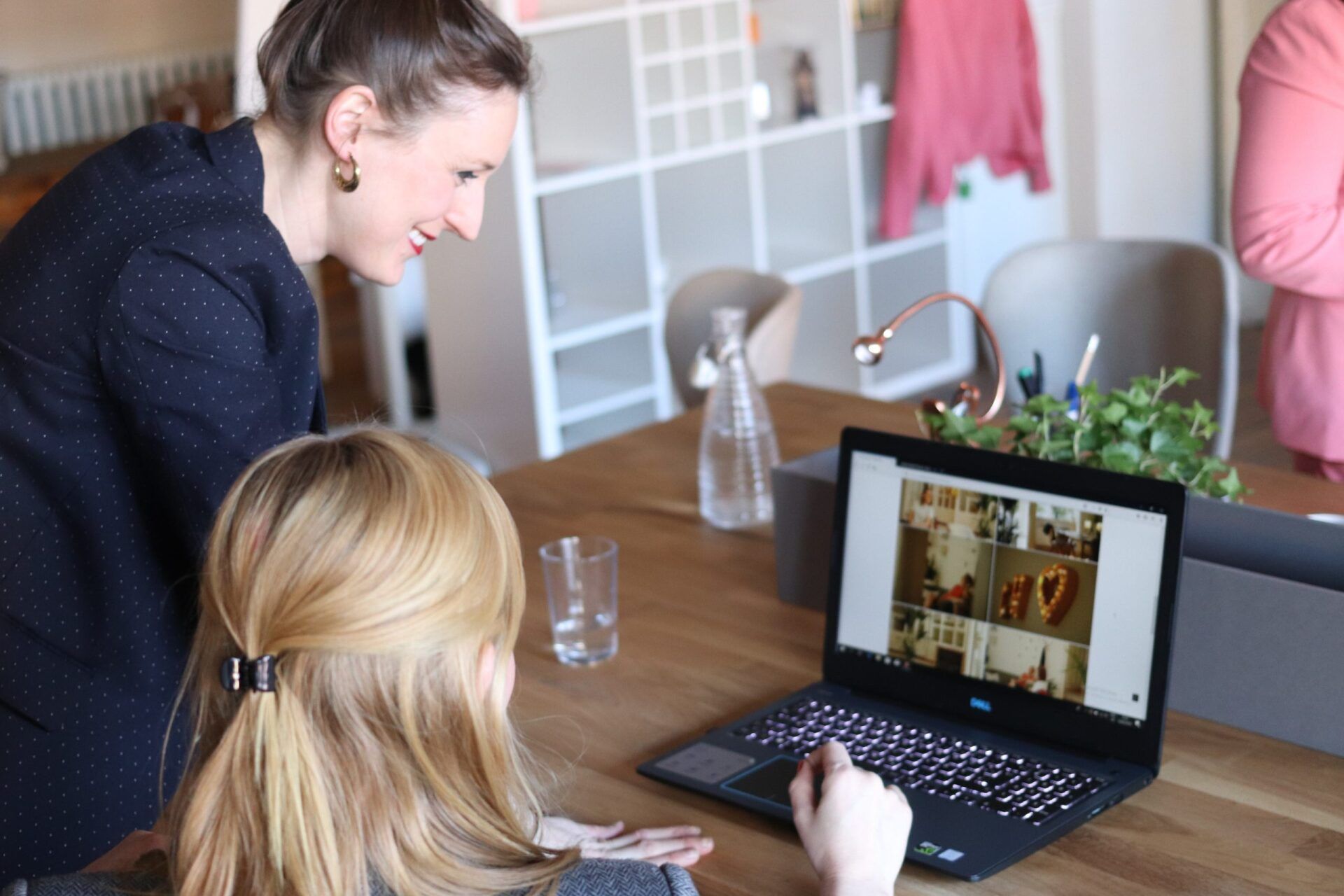HOW TO GET THE MOST OUT OF YOUR VIRTUAL RECRUITMENT PROCESS
HOW TO GET THE MOST OUT OF YOUR VIRTUAL RECRUITMENT PROCESS
It comes as no secret that as organisations have recruited throughout the past six months, the focus has been on the virtual recruitment process and onboarding staff within a remote working environment. Many organisations have smoothly transitioned in this area while it has been a significant challenge for others.
A recruitment process begins from the moment you are aware of the need to hire in your team.
Step 1: Preparation
What qualities are you looking for?
As with any other recruitment process, you must immediately determine what your needs will be, the duties to be performed, how much experience you require your new staff member to have, and so on. However, now you also need to explore whether your new hire will be office-based, working remotely, or both.
Will the candidate be comfortable adapting to working from home and learning remotely?
If your new staff member will be working remotely in any capacity, the personal qualities and skills required will be different to those needed for individuals based in the office full-time. A virtual recruitment process will quickly help you determine if a candidate has the technical ability to work remotely. It’s also good to address working-from-home adaptability in their most recent refence check. Have they worked remotely as part of their previous role? If so, did it impact their general standard of work and did they continue to meet expectations? These are all questions you need to consider.
Manage candidate expectations
Be really, really organised – know what you’re looking for in your candidate, what your recruitment process will be, how many interviews they will be doing, how the interviews will be facilitated (Teams/Zoom/Webex), who they will be meeting with and the timeframe you would like this wrapped up by. Over the past six months we’ve seen organisations get this right (and have the ability to speed up their recruitment process in the meantime), while others that haven’t really taken it as seriously have unfortunately missed out on the right talent..
Step 2: Sourcing
If you chose to advertise your roles on job boards or headhunt via networks or LinkedIn, ensure you are making candidates aware the recruitment process will be held virtually, and the new staff member will be onboarded into the organisation via a remote capacity.
Face to face vs virtual interviews
Set the scene
Although it’s extremely important for a candidate to present in corporate attire and maintain a professional appearance, it’s also equally important for you to do the same as the interviewer. If you’re not going to take it seriously, why should your candidate? If you want to have an informal chat on the stage three interview where you’re both a bit dressed down and having an open conversation, then let the candidate know that prior to the meeting so expectations are managed.
Some of the feedback we’ve had from candidates over the past six months about hiring managers and their interview styles (and screen backgrounds) have been interesting to say the least! In some cases, the candidates weren’t overly impressed and ultimately, chose not to move forward with the process. As an agency we remind candidates this is still a formal interview and to be aware of your surroundings. Check you can log into the Zoom/Teams/Webex meeting by following the link prior to your appointment, check your microphone is working, check that you are in a well-lit space and can be clearly see you throughout the interview. As an interviewer, you should be doing the same.
We’re all getting better at it, but it can be hard to build rapport on a virtual interview. Review your candidates CV prior to your meeting to plan out your interview; perhaps under their ‘interests’ they have noted a few things which can be used for small talk, check for gaps, write out questions you might be keen on exploring about their background and have a few behavioural based questions ready to go. It will help the conversation flow and feel more natural.
Step 3: Onboarding
Once you go through the relevant checks and the offer is accepted, the next biggest challenge is integrating your new employee into the business in a seamless manner. The onboarding process is one of the most important aspects of a recruitment process. The team at SB have been talking about how we will be onboarding new staff in the future. While we aren’t running out to hire 15 new consultants this afternoon, it’s a project we’re focused on at the moment as, not only will a new employee work from home regularly, but we as a manager – we will too. Perhaps schedule the first week with your new hire in the office and then the remaining process can be conducted remotely at scheduled intervals. Are your systems, processes and procedures set up to ensure onboarding is smooth and that you’re not setting your new staff member up to fail? Ultimately as a manager, you want to be able to build a strong business relationship with your new staff member during this time, but a major goal is to get them up to speed as quickly as possible, to be an effective member of staff.
The future
Whether or not your company has embraced virtual interviewing and onboarding you can be sure it’s here to stay in some shape or form. If you can get your virtual recruitment process right, you can continue to attract quality talent into your organisation and retain them for the future.









